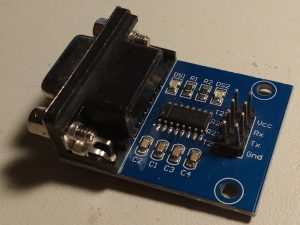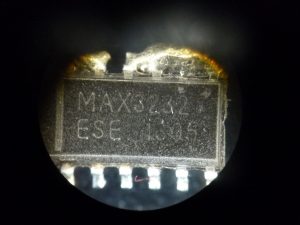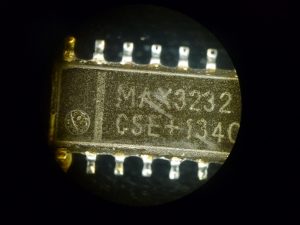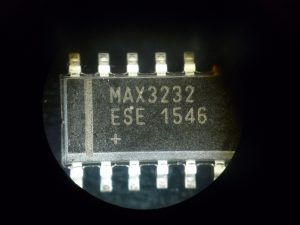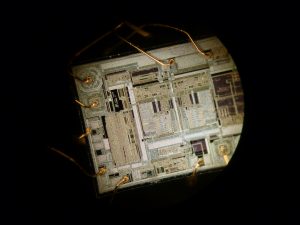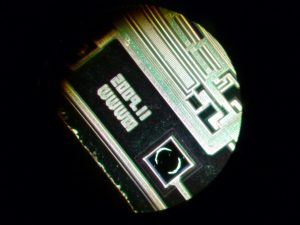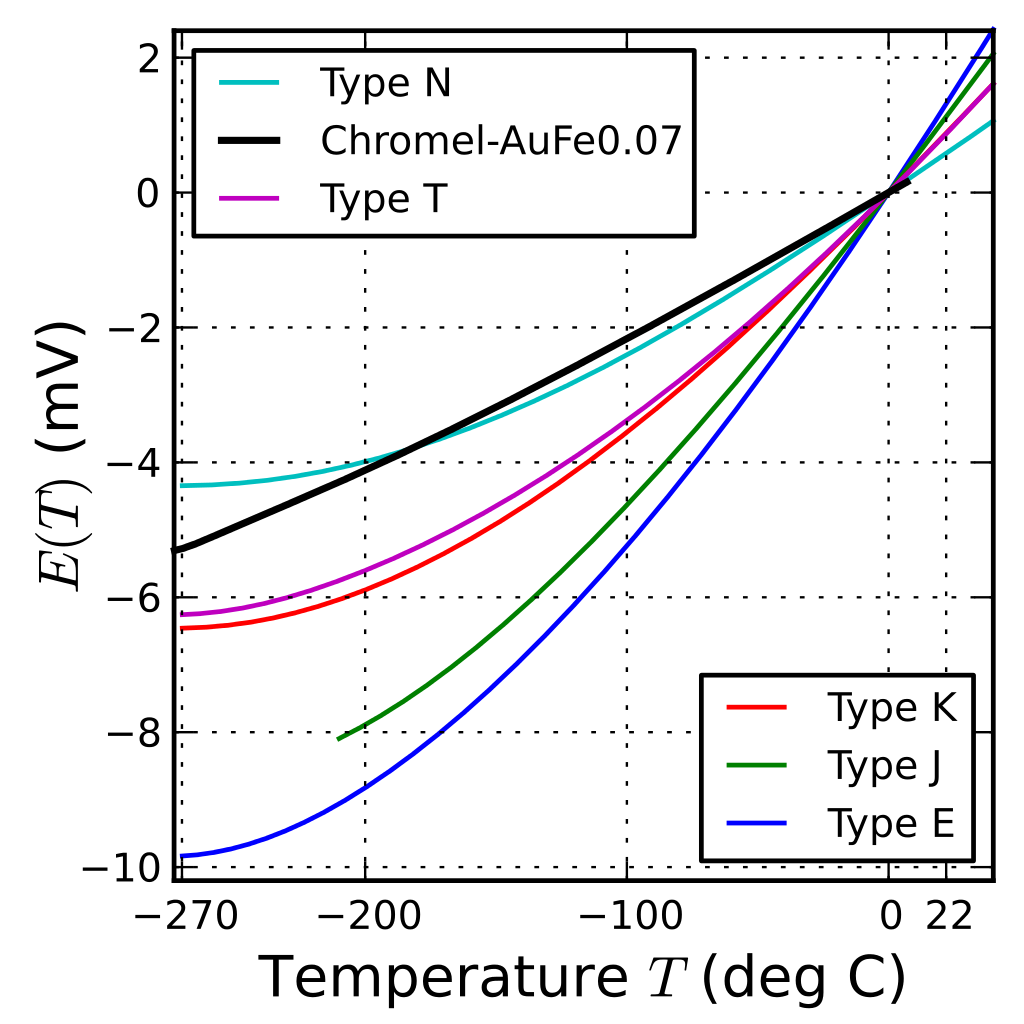I’m pretty sure that it’s some sort of universal law that all Certificate Authority websites must be filled with obfuscating marketing-ese wording, links to “white papers”, contradictory and uninformative text, and content generally tailored for manager-types.
Honestly, I don’t know why they do this: TLS certificates are essentially always handled by technical staff — not management — at companies. Smaller organizations typically leave the administration of TLS certs to their commercial web hosts (again, technical staff). Individual site operators either know how to handle certs or don’t, but for those who don’t the marketing fluff on a CA website isn’t likely to help at all.
There may be some very specific reason why a particular CA is required, such as needing to support particular software or devices that only include a limited selection of roots, and while these reasons may be decided by managers and executives, the actual deployment is done by technical staff. The CA websites should really be tailored for technical people, not managers.
In addition to the typical manager-speak found on CA websites, the amount of confusing information is shocking. Some of it is merely misleading (e.g. implying that a particular certificate enables 128/256-bit symmetric ciphers rather than merely vouching for the identity of the server; the supported symmetric ciphers are set in the server configuration independently of the certificate and are negotiated with the client), while others are outright deceptive: Symantec/Thawte go so far as to claim that Server-Gated Cryptography is still relevant in this day and age (hint: it isn’t). In addition to being absurdly insecure and out of date, 16+ year old “export-grade” browsers that require SGC for strong cryptography are likely completely incapable of rendering modern websites in a comprehensible manner. Supporting such ancient browsers is a Bad Thing.
I’m also surprised at how hideous some of the CA websites appear: quite a few look like they haven’t been updated in at least a decade.
Lastly, there’s just way too many options presented by CAs. Domain-validated certificates are cheap and easy, though there’s no reason why phishing websites and the like can’t get perfectly-valid DV certs for their misleading or fraudulent sites: they do, after all, legitimately control their domain.
Still, DV certs provide reasonable protection from man-in-the-middle attacks, and CAs like Let’s Encrypt make DV certs available for free in an easily automated and installed way. If Let’s Encrypt’s ACME validation system won’t work for certain purposes, commercial CAs like Comodo and GeoTrust offer incredibly cheap DV certs in the form of PositiveSSL ($5/year) and RapidSSL ($9/year), respectively. Even Thawte offers relatively cheap “SSL123” DV certs for $31/year. There’s really no excuse for not using HTTPS.
Extended validation certs are useful for major companies, banks, etc. as the CA actually verifies the legitimacy of the entity behind the domain name. It should be extremely unlikely for any EV certificate to be issued illegitimately, though users might not actually check for anything more than the “green bar” (if they do that at all), so I generally think EV certs are a good idea.
That said, I’m not sure why there’s such an extreme price difference for EV certs. For example, compare Comodo ($101/year) and GeoTrust ($125/year) with Symantec ($600/year to $900/year) — the roots are equally ubiquitous and trusted, perform the same validation, and users never bother to check which CA actually issued a cert. So long as the green bar appears and the browser doesn’t yell at them, they don’t care.
Organizational and individually-validated certs are essentially worthless. They appear the same as DV certs in browser interfaces (no green bar), and essentially nobody bothers to check the O and OU fields in a certificate.
Charging more for wildcards is annoying, as it doesn’t cost the CA anything extra to issue; one of the reasons I liked StartSSL (before their WoSign-related drama) was that they only charged for things that required human action. Domain-validated certificates for non-commercial purposes are completely free of charge. OV and IV certs require a human to perform the validation, and customers pay an annual fee to be validated. Once validated, customers could issue an unlimited number of certificates — including wildcards — for any domains they controlled. EV certs were a bit different, but still quite cheap. That was a refreshing change from the business-as-usual of the CA industry, though StartSSL seem to have screwed themselves over with shady behavior after being acquired by WoSign.
Simply put, CA websites and their offerings suck. They’ve always sucked, currently suck, and likely will always suck in the future. I have no idea why such wildly-profitable organizations can’t design a website that doesn’t suck and is targeted to the relevant technical people.
Edit: It’s been brought to my attention that SSLs.com no longer offers GeoTrust, Thawte, Symantec certificates, and instead only offer Comodo certificates. I’ll keep the links here for historical purposes, but if you want to get such certificates you’ll need to find another vendor.
